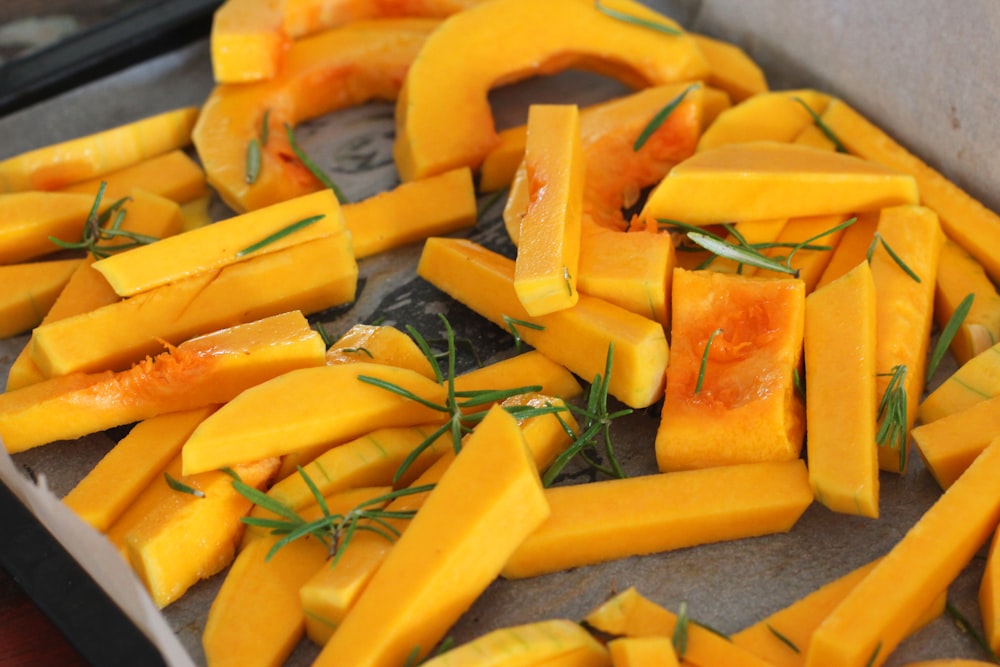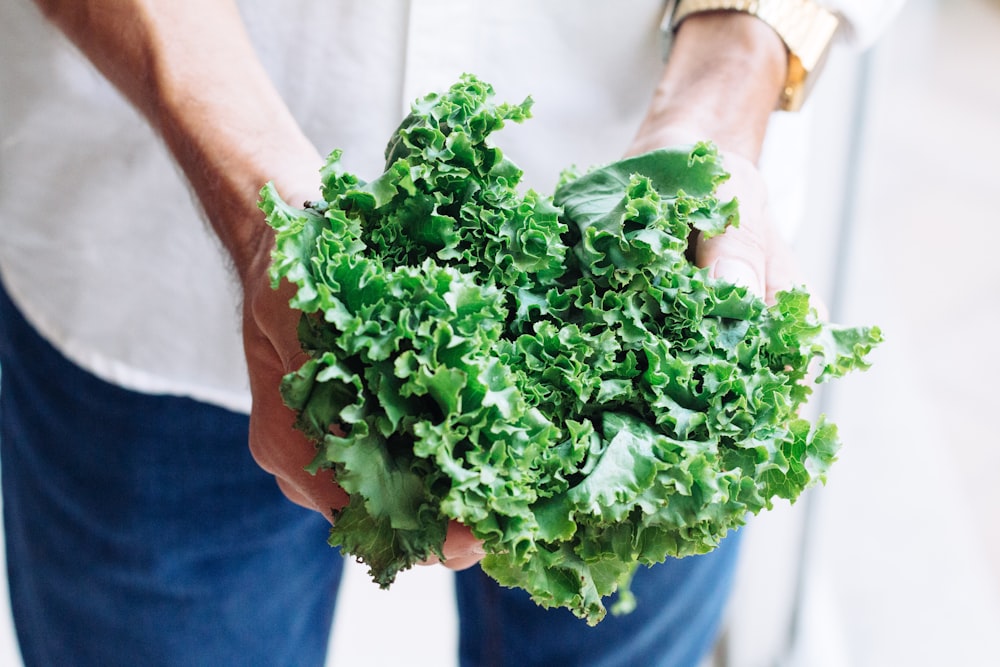Nuts are a wonderful source of healthy fats, vitamins, and fiber. Even if you are on a FODMAP diet, you will be able to discover nuts that meet your requirements. One thing to keep in mind is that nuts have a lot of insoluble fiber, which can irritate some individuals’ stomachs. If you do not have this issue, peanuts may be included in your diet.
Yes, there is low FODMAP peanut butter on the market. Monash University and FODMAP Friendly conducted numerous peanut butter tests, as does this essay, which dives into the link between peanut butter and FODMAPs in detail.
On a well-structured low-FODMAP diet, peanuts can usually be consumed in moderation. These cost-effective legumes are not true tree nuts, and for the most part, are low in FODMAP. Peanuts are best consumed in limited amounts owing to their high fat and calorie content. A single ounce (32 peanuts) or 1 serving is recommended.
Some nuts are poor choices and should be avoided, but if you enjoy peanuts, you are in luck because peanuts are one of the lower FODMAP options. This is fantastic if you need to stay on a budget since they are one of the more affordable nuts available. If you are new to a low-FODMAP diet, we have got a large library of low-FODMAP meals for you to explore.
Are Peanuts Low In FODMAP?

Nuts are not only a fantastic source of nutrients and fiber, but they are also one of the few low-FODMAP foods that can be eaten in moderation. Several of these excellent energy boosters may be safely consumed, including peanuts. If you keep nut portions to a minimum and are not one of those who are sensitive to insoluble fiber, you can eat Brazil nuts, peanuts, chestnuts, walnuts, macadamia nuts, pecans, and pine nuts.
You can eat a 1.5 Oz serving size, which translates to 32 peanuts if you are cautious in your selections, and the first test is to see if you are not allergic to peanuts.
Groundnuts, also known as goobers and pindars, is a type of nut that grows below the ground and has one of its popular names due to this fact. These nuts are the edible seed of a legume, making them part of the pea or bean family. Whole peanuts are frequently consumed as a high-energy snack and are either dry roasted or eaten raw.
Boiled peanuts are a popular choice in countries like China, India, West Africa, and the southern states of the United States. These are prepared from immature unshelled peanuts or ‘green’ that have been boiled in salted water until soft. Since boiling eliminates FODMAPS as a result of the process, you may find that boiled peanuts are more tolerable than dry-roasted ones.
Our Peanut Butters Low In FODMAP?

You might be wondering whether peanut butter is low in FODMAP, especially if you have been yearning for a peanut butter and jelly sandwich. It all depends on the individual brand of peanut butter. Not all commercial varieties of peanut butter are produced in the same way. And some contain components that cause IBS symptoms.
The greatest way to prevent peanut butter poisoning is to only consume peanut butter made only from these peanuts. The roasted dry peanuts are ground into a creamy paste. To make the butter more cost-effective, healthier, and shelf-stable. Many commercial types of peanut butter include extra sugars, salts, and oils. You must be on the lookout for these other elements.
To be on the safe side, avoid peanuts because they are high in FODMAPS and may cause IBS symptoms. The three most frequent ones to be added to peanut butter are sugars you should avoid. High fructose corn syrup, agave syrup, and, golden syrup are among them. However, nut butter produced with molasses should be avoided entirely.
If you can eat unsweetened peanut butter without problems. You should be able to consume it without salt and only containing peanuts, as well as stabilizing oil. The maximum safe amount for a low-FODMAP diet is 2 Tbsp peanut butter or 1.1 ounces per day. Even though peanuts and peanut butter are low-FODMAP meals. If you have IBS triggered by oils and fats, they may not be suitable for you.
Is Peanut Oil Low In FODMAP?
Peanut oil is a very popular type of cooking oil, especially in stir-fries. Since to its mild flavor and high smoke point. It is a monounsaturated oil that won’t go rancid as readily as other oils.
Oils, in particular, do not contain FODMAPs and are therefore acceptable on a low-FODMAP diet; peanut oil is no exception. However, as I have stated, there is a significant overlap between people intolerant to high-FODMAP meals. And those who suffer from other IBS symptoms. Even peanut oil should be avoided if it causes stomach discomfort and inflammation.
Is Peanut Flour Low In FODMAP?
Peanut flour is a low-FODMAP and gluten-free alternative to other flours that are often recommended. When peanuts are used in recipes, they are typically ground into a powder. Peanut flour should not produce any symptoms when eaten in normal, moderate amounts. Always test new recipes cautiously and start with tiny amounts before increasing the amount.
Peanut flour is mostly used in recipes that include other low-FODMAP flours. Make a baking alternative, and it is rarely seen alone. As a result, determining a suggested serving size is complicated.
Almond flour, on the other hand, is another popular nut used for flour that becomes more FODMAP with larger portions. Perhaps you should err on the side of caution when making peanut flour and use it sparingly. Divvying up the serving sizes by four and eating no more than that at a time is one recommendation.
Is Peanut Protein Low In Fodmap?
You have probably heard of peanut powder, which is sometimes known as peanut butter powder. It is prepared by dehydrating roasted peanuts and pounding them to remove the oils and fats.
They are made with added sugars and sugar alcohols can be consumed on a low-FODMAP diet. But peanut protein powder may be a good substitute for it if the fats that cause your IBS are eliminated. However, you will still have to check the ingredients list to see if any additional sweeteners have been used to improve the flavor.
The disadvantage of producing this low-fat peanut butter substitute is that it also removes some of the natural vitamins and healthy fats from the peanuts.
Similar Articles






































